7 invasive plants to keep out of your yard
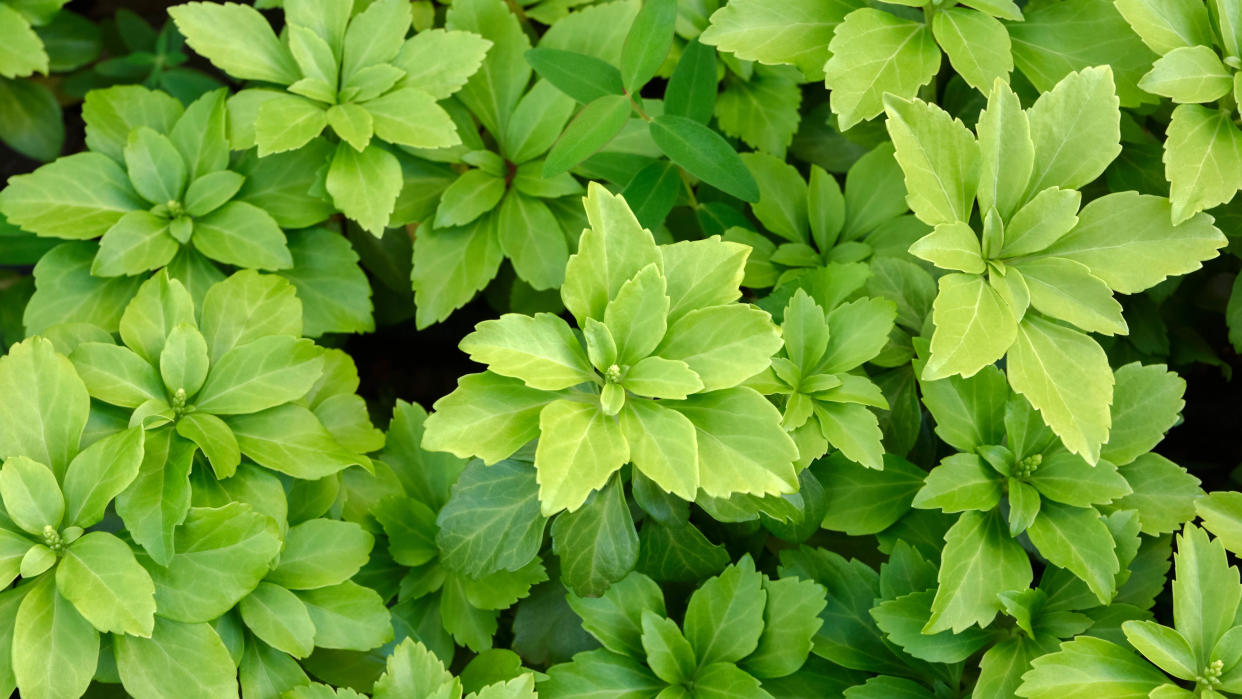
Having a beautiful yard is a luxury and beautiful addition to anyone’s home. Being able to smell the roses or pick fresh tomatoes can put a smile on your face and improve one’s day. Society has reached a point where you can get seeds for almost any plant, allowing a massive amount of customization to any outdoor area.
But not every plant deserves a place in your yard or garden, and some can cause more harm than good. As our world continues to get smaller, you can get a flower or tree that’s local to a country on the other side of the world that can destroy your local ecology. Plants that spread quickly, suck up natural resources or are just dangerous can negatively impact the environment and reduce biodiversity.
So if you are planning on starting a garden or just want to know what plants to avoid, here are seven invasive plants to avoid growing.
1. Kudzu

A vine native to Asia, the Kudzu plant was first introduced in 1876 and has been creeping its way through the American Southeast since. Growing at a rate of one foot a day Kudzu can spread up to 60 feet during its July-October season.
The long, grasping vines may look pretty but can completely cover a plot of land in no time. It can creep and climb, making sure that nothing else can live under it or survive. If you end up with a Kudzu infestation, you’ll need to rip the crown-like bulb at the base or use chemicals to kill it at the spot.
2. Japanese Spurge

Also known as Pachysandra terminalis, Japanese Spurge is a popular landscaping plant that flourishes in low light and is easy to grow under the right circumstances. It’s a fairly petty plant that only grows to a maximum of a foot off the ground and originated from East Asia.
But behind that green flourish is a dangerous evergreen perennial that can quickly spread over an area and deprive sunlight of anything beneath it. Killing it is also quite difficult since you’ll need to completely dig up the plant and remove its underground rhizomes or use chemicals. The partridgeberry is a solid replacement native to North America that grows well in shady woodland environments.
3. Purple Loosestrife
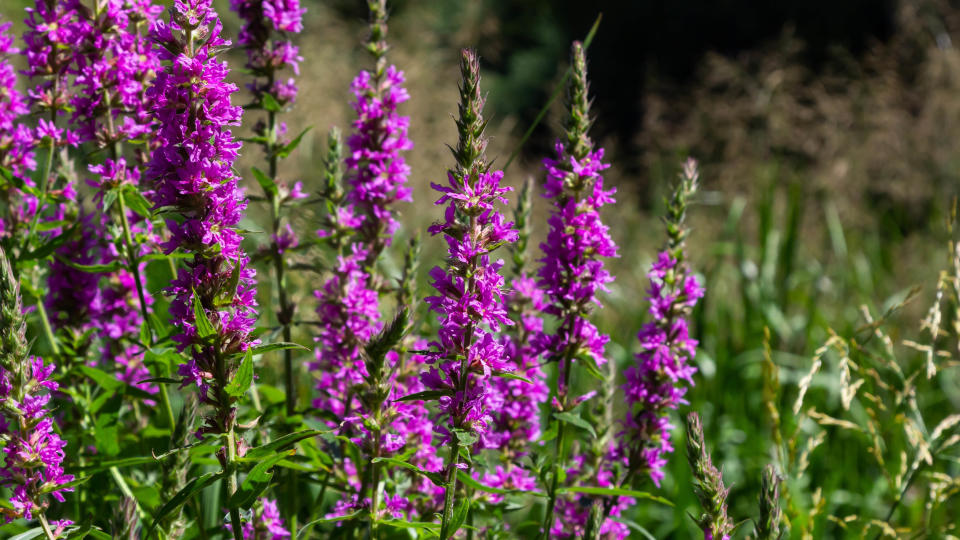
A perennial plant brought to the United States in the 1800s from Europe, Asia and Northwest Africa, the Purple Loosestrife is a lovely purple ornamental flower. It’s a very pretty plant that can grow very aggressively in the United States, completely swallowing large areas of wetlands and growing upwards of one foot a year. All it takes is one plant, which can produce 2 million seeds in just one growing season.
Because it grows into such a thick bunch, it can swallow up a lot of the resources and land. Due to the fast decomposition rate of the Purple Loosestrife nutrients necessary for tadpole development and survival are depleted earlier in the season and cause long-term harm to the local frog population and ecosystem. It's best to remove the plant in the summer months while it's a flower to prevent the seeds from being released during decomposition.
4. Japanese Barberry
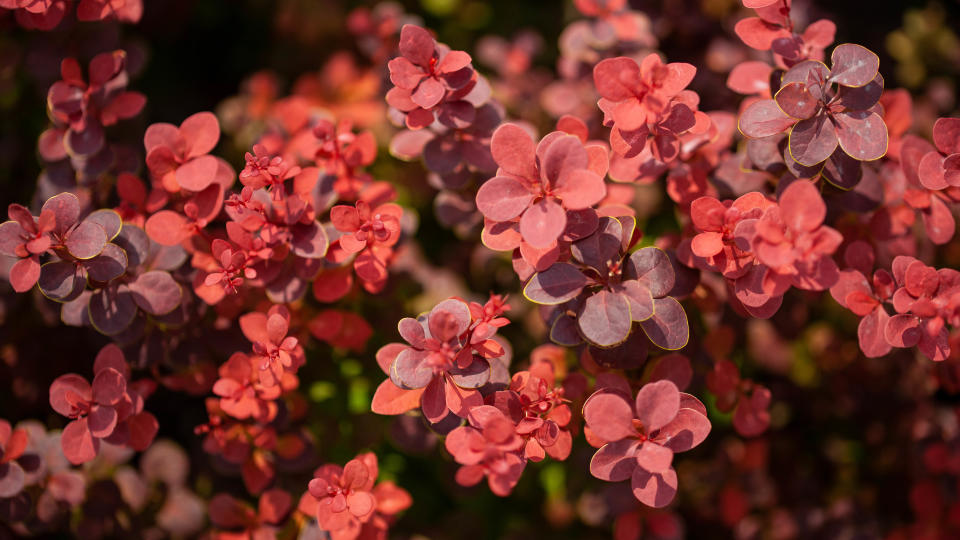
Introduced in 1875 as an ornamental plant, the Japanese Barberry has made its way out into the wild in the midwest and eastern parts of the US. It can dominate a woodland area, edging out other plants for crucial soil and resources. With small oval leaves, a dark reddish hue, and small berries, the plant can also have its seeds transported by birds.
The thick spikes make it a noxious weed that’s become such a large problem that Pennsylvania banned the sale of Japanese Barberry in 2021. The PA Department of Agriculture is allowing certain seedless varieties of the Barberry to be exempt from the ban.
5. Bamboo
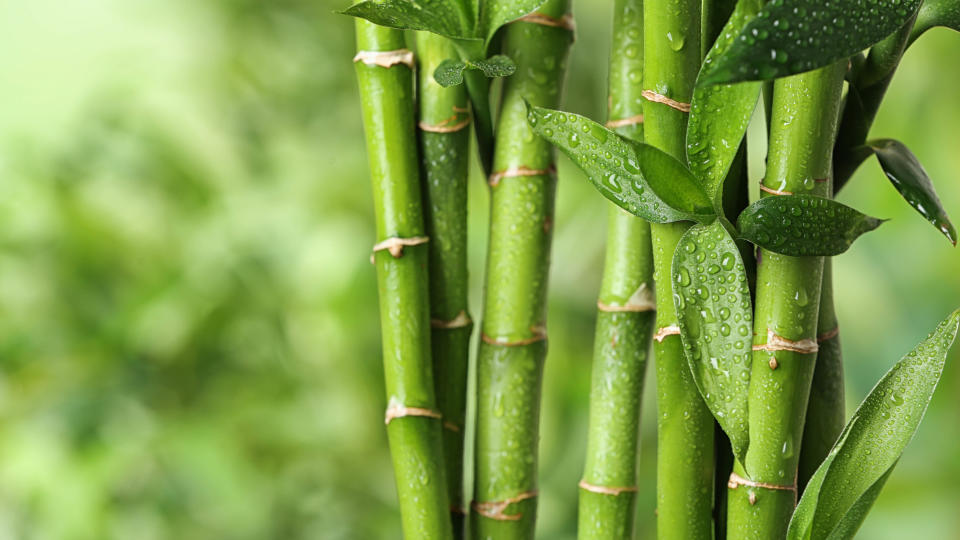
A delicious treat for a panda, bamboo is an incredibly dangerous plant to grow yourself. Bamboo is large grass with wood-like attributes with over 1,000 species, but planted varieties can be broken into two different types: “clumping” stays fairly close to the original plant in an enlarging circle, and “running” can quickly spread out over an area. Running bamboo is the more problematic species and will quickly spread out of bounds if you don’t have the plan to contain it.
And containing it isn’t easy. The plant's rhizomes, or underground stems, can grow up to a foot under the soil. You can deal with an infestation by removing the rhizomes or using chemicals, or you’ll need to chop the bamboo until it's about an inch or two tall multiple times in order to curb the spread. Should you really want to grow your own bamboo it’s best to plant it in a flower pot to prevent the inevitable spreading of the plant.
6. Japanese Honeysuckle
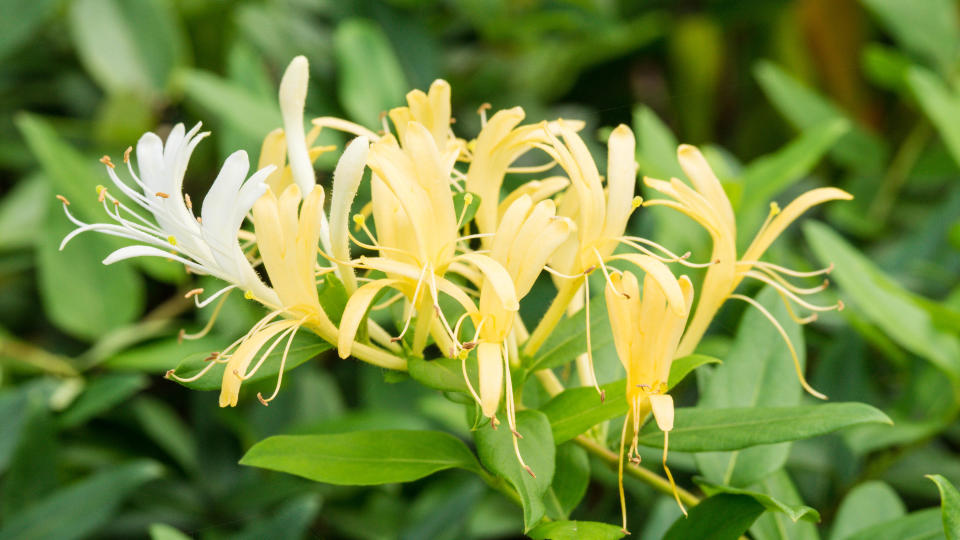
Introduced to the United States in the early 1800s, the Japanese Honeysuckle is as beautiful as it is dangerous. Its beautiful smell helps attract birds and other small animals that disperse the seeds far and wide, causing the flower to travel farther than your front yard.
The flower grows on an aggressive vine, taking over trees and flora, causing them to wither and die. Though the plant feels like a natural part of Americana, the plant is invasive and can seriously hurt local ecology so it's best to just avoid and plant a local flower, like an azalea or sunflower.
7. English Ivy
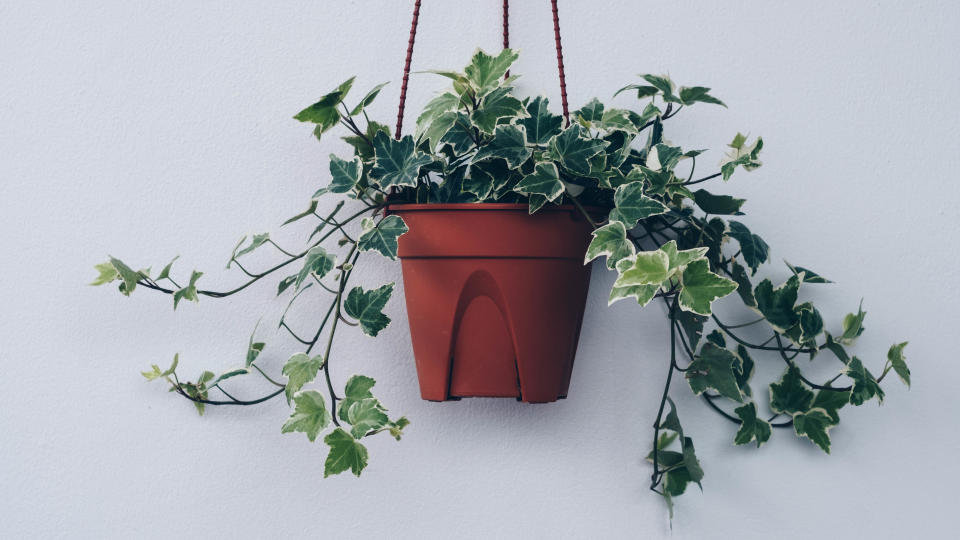
There’s no invasive plant quite as notorious as English Ivy. Brought over from Europe in the 1700s, this green vine can grow along almost anything and swallow it whole. Ivy can completely destroy trees, cutting them off from sunlight or causing their branches to get too heavy and break off. The plant also has berries that can be transported by birds, making the ivy travel even further. And it can be a safe haven for pests like insects and rodents, who can use the thick underbrush as camouflage or protection.
Once English Ivy has made its way into an ecological system, it's very difficult to remove and requires a skilled professional to be properly eradicated.
How to Remove an Invasive Plant
Each different species and breed of plant non-local to your area should be contained or removed entirely. One seed can sprout and create a cycle that brings in more plants. Most invasive species can be killed with a specific chemical, but that can also endanger other wildlife. Your best bet is to figure out the specific species and cull its roots. It may take multiple seasons or growth cycles, but eventually, the plant will no longer dominate the foliage. Each area of the country has its own list of local wildlife, so make sure to consult that first before you start randomly planting.

